By Rick VanSickle
Just before COVID restrictions were lifted in Ontario, I wended my over to Wending Home Estate Vineyard and Winery. It didn’t go well.
It was just after Snowmageddon (Part I) and my SUV with useless all-weather tires would have nothing to do with the long and wending road that leads to that door down a long and snowy driveway. So, I sheepishly called co-proprietor Ron Giesbrecht and he picked me up at the nearby 13th Street Winery (where I loaded up on butter tarts and oatmeal cookies — with raisins — as one does) and off we went to taste inside the estate’s winery.
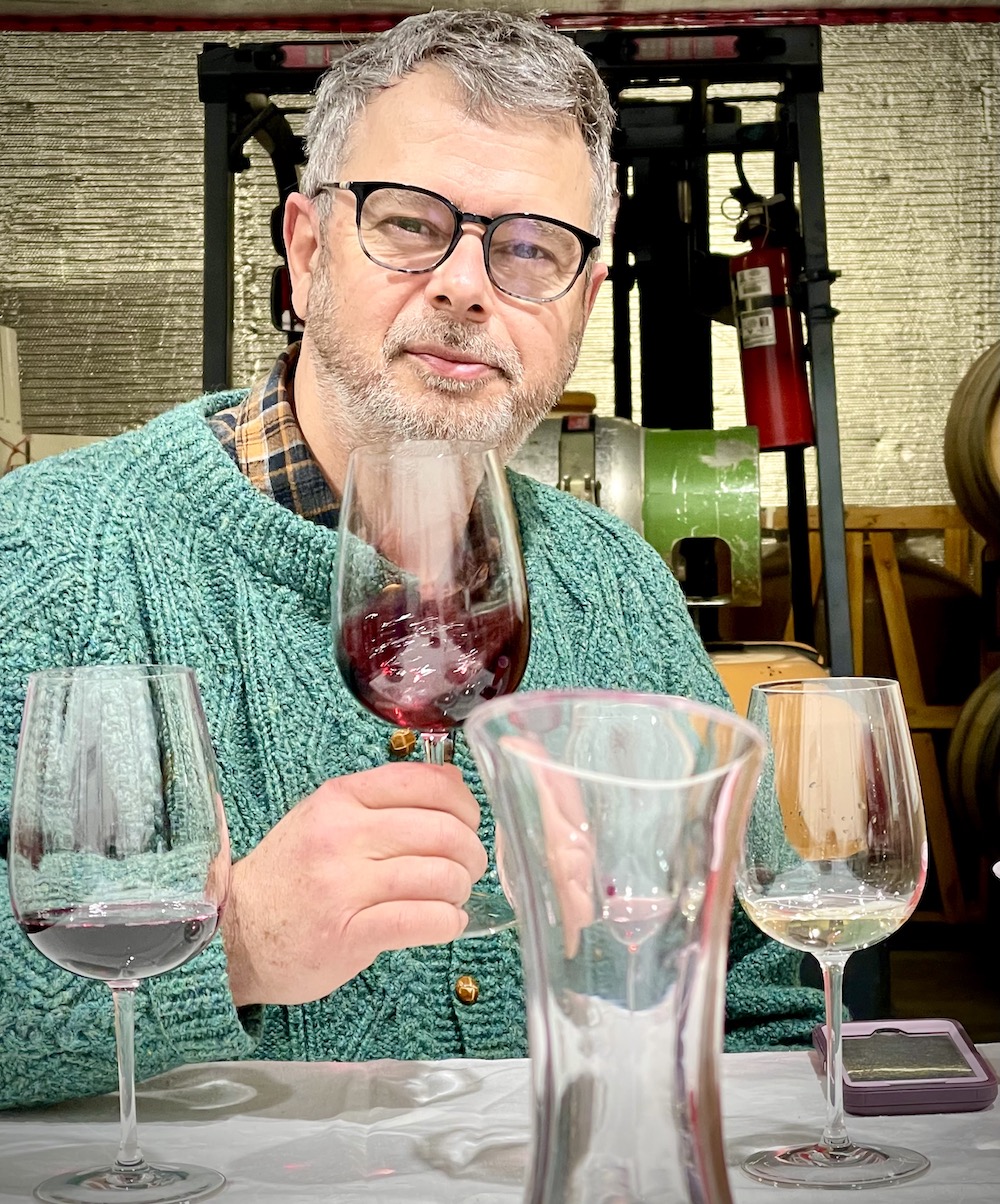
Note: Also in this report, new wine reviews for Inniskillin, Jackson-Triggs and Malivoire.
Wending Home is a cool, new winery in the Creek Shores sub-appellation owned by Giesbrecht and business partner Huaying Feng. It’s a fascinating story how these two came together to create a new winery in the middle of a pandemic, and I wrote about in an earlier post here. The purpose of revisiting was to taste a few of the wines that I only previously tried in barrel.
The short story is that Feng (below), along with her husband Jianneng Li, came to Canada from China to realize their dream of being farmers who can own their own land. After first landing in B.C. in search of agricultural land in 2005, Feng decided the prices in that province were too steep, so the couple eventually moved east and found the perfect property on 9th Street in St. Catharines (between 13th Street and Creekside wineries) in 2018. The estate’s surrounding property was planted with grape vines dating back to the late 1990s by Joseph Zimmerman. Feng has since added to the plantings.

Giesbrecht, previously a widely respected winemaker at Henry of Pelham for 23 years, and currently the viticulture professor at Niagara Collage where he has been for the past eight years. Feng was a student of Giesbrecht’s studying viticulture. Following her studies, Feng decided that she wanted to make wine out of her grapes, not just grow them, and went to the only person she knew who could help her.
When Feng asked Giesbrecht in 2019 if he wanted to become a partner in small boutique winery, Giesbrecht said: “I’m all in!”
The first wines were quietly released this past summer and new bottlings are now being released through the website here.
Wending Home is aiming for a production of 2,700 cases to start and a maximum of 5,000 cases at full production. “We want to make it better, not more of it,” he says.
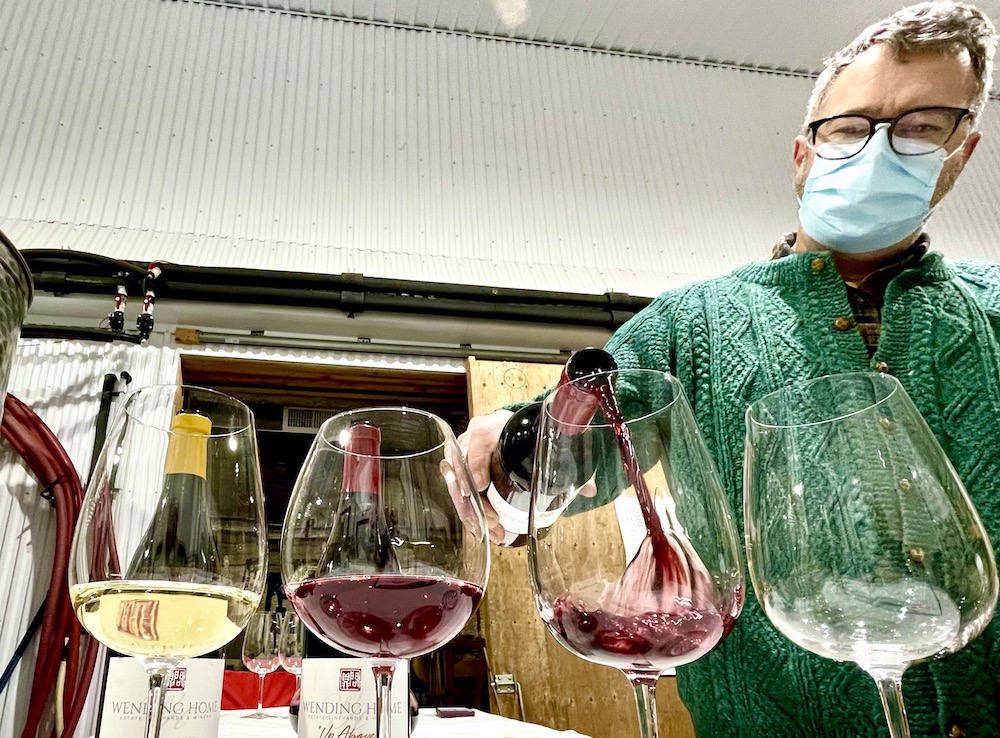
The aim is to make their wines from mostly estate grapes across the nearly 26 acres of older and newer vines. The grapes grown at the Creek Shores sub-appellation estate include Ehrenfelser, Auxerrois, Sauvignon Blanc, Gewurztraminer, Pinot Gris, Riesling and Chardonnay on the white side, and Cabernet Franc, Dornfelder, Gamay and Lemberger for the reds.
All the red grapes and all the white grapes are crafted into one-of-kind proprietary blends that Giesbrecht says encapsulate what Wending Home is all about. “When it comes to the blends we curate here, they are based on what we grow here,” he says. “They can show you what we are all about, our terroir. We wanted to make something unique and vineyard specific.”
Here are some new releases I tasted with Giesbrecht before he chauffeured me back down the long and wending road to my useless SUV.
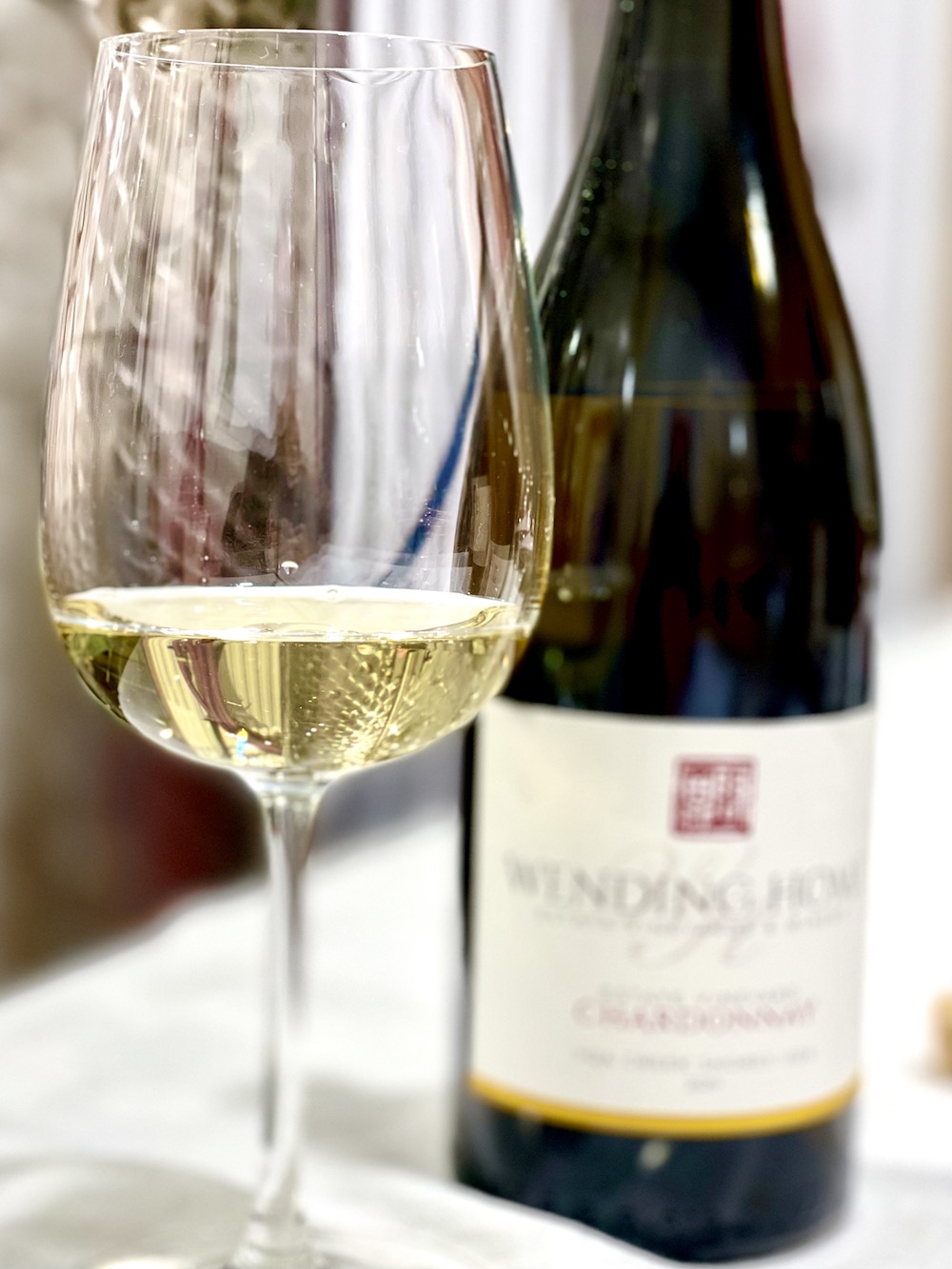
Wending Home Chardonnay 2020 ($35, 92 points) — Aged in a combination of 228 L French oak barrique and 500 L puncheons, 20% of which is new oak, for 8-9 months. It has a rich and creamy nose of ripe pear, yellow apple, lemon tart, a floral note, flint and elegant spices. It has a lovely creamy texture on the palate with ripe stone fruits, flinty minerality, spice and a long, lifted finish.
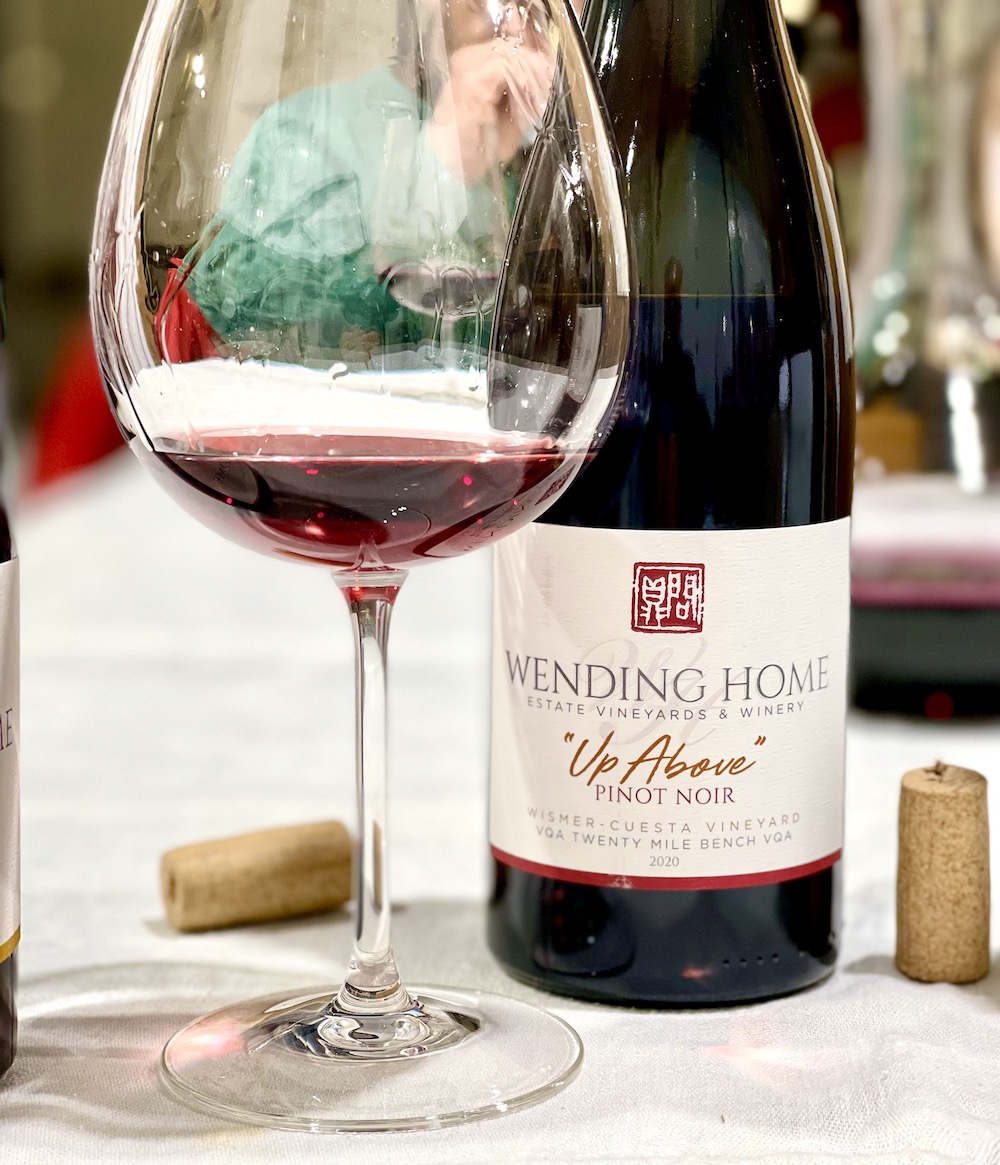
Wending Home Up Home Pinot Noir 2020 ($43, 92 points) — While the team at Wending Home strives for mostly estate fruit, they do not have any Pinot Noir planted and it’s hard to imagine Giesbrecht not having a Pinot in the family, especially from this vineyard that was close to his childhood home. The grapes were sourced from the Wismer-Cuesta Vineyard, located on the south side of Old Highway 8 between Vineland and Jordan on the Twenty Mile Bench, with aging half in puncheon and half in barrique (16% new oak) for 8-9 months and it was partially wild fermented. The nose reveals fresh red cherries, rhubarb, cranberries, violets, lovely oak spice notes and a touch of cassis. It’s dense on the palate with a complex array of brambly red berries, crunchy pomegranate, smooth tannins, spice notes and good length through a vibrant finish.
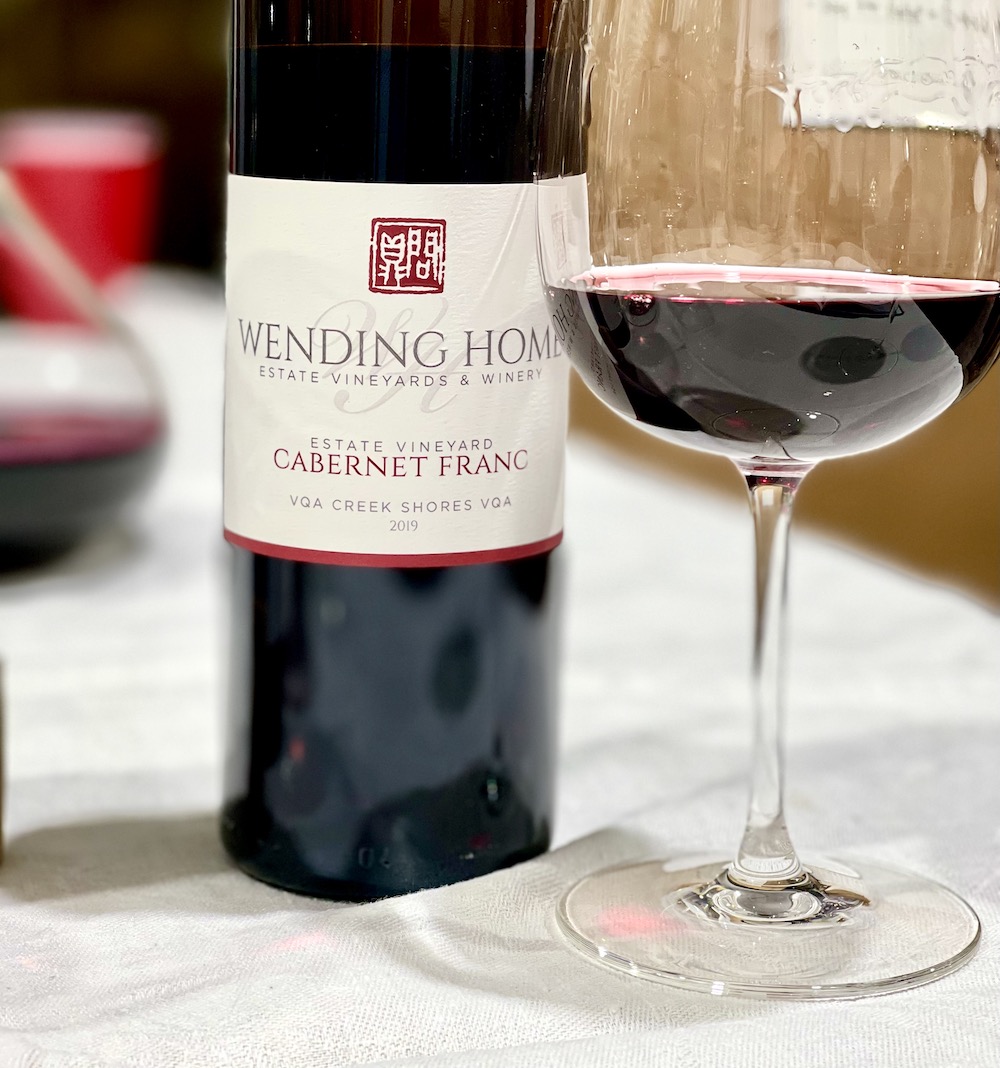
Wending Home Cabernet Franc 2019 ($35, 91 points) — The wine is aged in one new American oak barrel and nine used barrels for 20 months. It has a beguiling nose of savoury cherries, wild raspberries, black currants, earth, garden herbs and spicy notes. It’s quite structured on the palate with tannic grip, dense and savoury red berries, anise/licorice, dried herbs, fairly overt spice notes and a juicy, vibrant finish. Can cellar 5+ years.
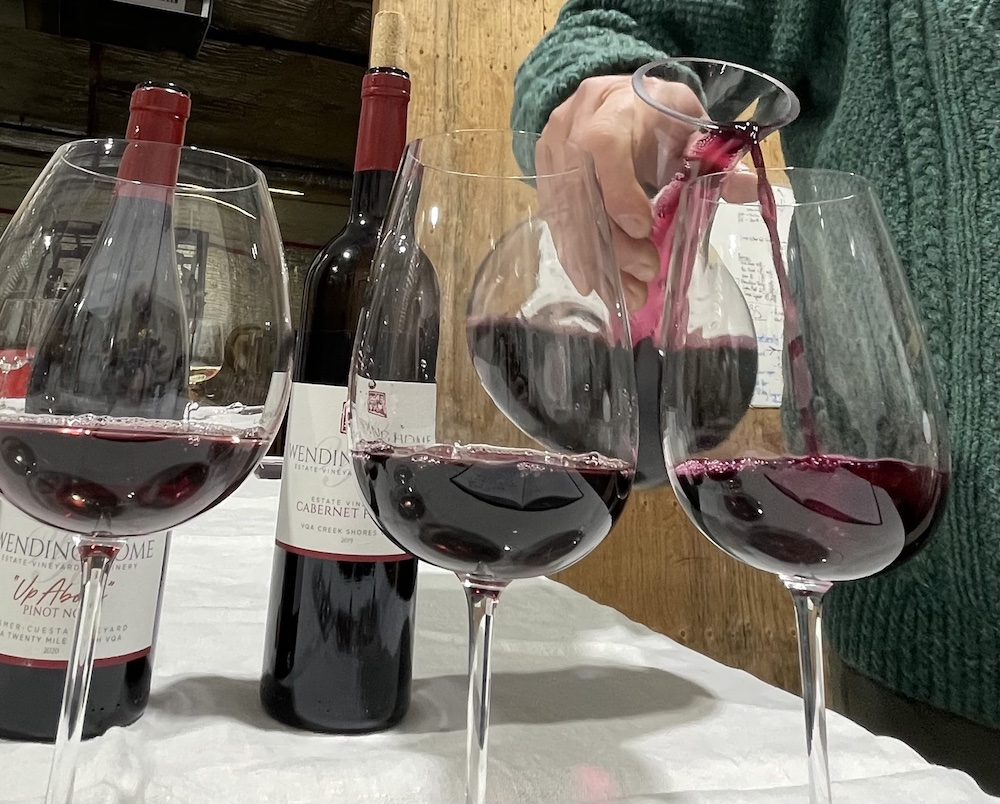
Wending Home Wending South 2020 ($25 range, barrel tasting, released in late spring) — Wending South is the red version of the Wending North proprietary white blend and consists of all the red varieties planted on the south side of the vineyard. It’s a blend of 52% Dornfelder, 25% Cabernet Franc, 16% Gamay and the rest Lemberger. “It has high acid and low tannins,” says Giesbrecht. “Its soul reminds me of Baco. It’s my Baco Noir in vinifera form.” All the varietals are kept separate and vinified, then joined together and aged in mostly American oak (all used barrels) for a total of 15 months (when done). My sample was still in barrel, so it wasn’t scored quite yet, but it’s coming together nicely with a nose of black cherries, cassis, plenty of savoury notes, plums and spice. It’s bright and lively on the palate with a melange of red berries, juciy plums, cassis, wild herbs and a tangy, fresh finish.
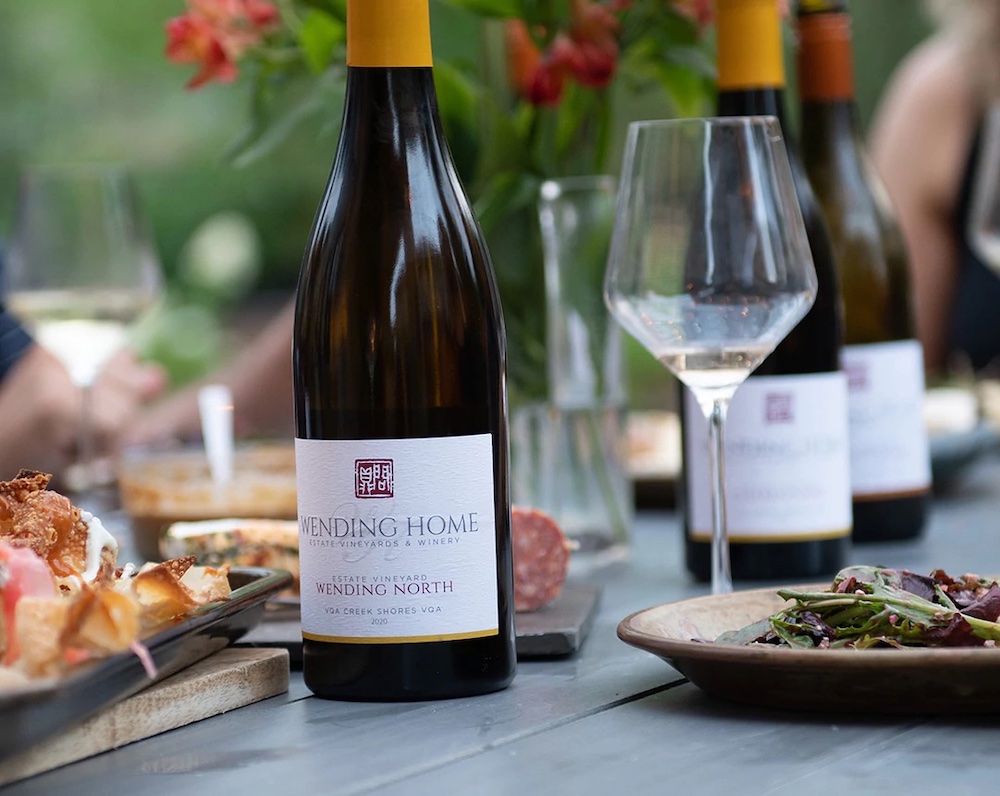
Wending Home Wending North 2020 ($35, 92 points) — This was tasted and reviewed in an earlier post but wanted to republish with the nearly finished red version. It’s is a fascinating proprietary blend of 27% Ehrenfelser, 18% Auxerrois , 18% Pinot Gris, 16% Riesling, 16% Gewurztraminer and the rest Chardonnay all sourced from the north side of the estate vineyard. I don’t know how Giesbrecht dreamed up this blend, that is a bit reminiscent of the Alsatian Edelzwickers, but he nailed it! Such an attractive and perfumed nose of pear, lychee nut, grapefruit, lemon blossoms with floral notes and minerality. It has a gorgeous, slightly unctuous texture with rich and savoury notes on the palate and then pear, lychee, flinty minerality, wild herbs and citrus with length and freshness through the vibrant finish. A beauty of a wine unlike any other you’ve had from Niagara.
Pair of smart buys
from Jackson-Triggs
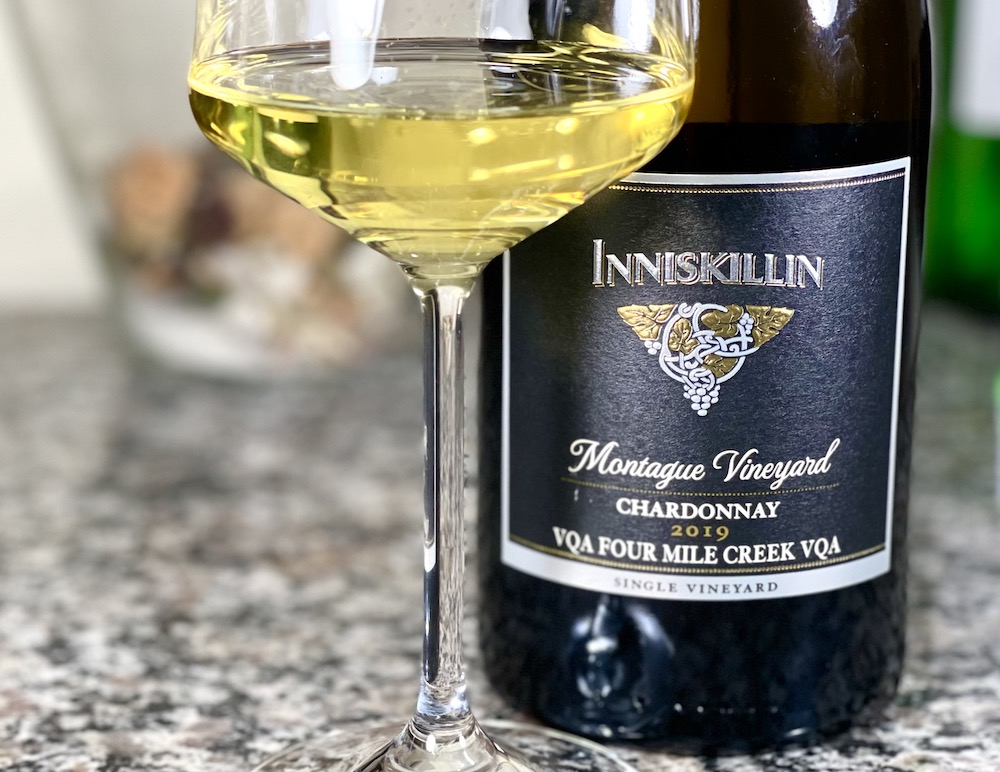
Inniskillin Montague Vineyard Chardonnay 2019 ($26, Vintages release Saturday, 93 points) — The original owners of the historic Inniskillin Wines in Niagara-on-the-Lake, Donald Ziraldo and Karl Kaiser, purchased the Montague Vineyard from Stan Murdza in 1982. The 100 acres of vines are planted to Chardonnay, Pinot Noir, Merlot and Pinot Gris and are now nearly 40 years old. As a single-vineyard Niagara Chardonnay, not many have a richer history. The wine went through partial malo and was aged for 8 months in French oak barrels. This is a terrific wine at a great price with such a generous nose of creamy pear, lemon sorbet, golden apple, flinty minerality, toasted vanilla and almonds with nutmeg spices. It is rich and ripe on the palate with smoky/flinty notes, ripe apple, lemon, poached pear, creamy texture, elegant spices and a long, vibrant finish. At this price? Load up and save a few for the cellar.

Jackson-Triggs Grand Reserve Red Meritage 2017 ($26, Vintages release Saturday, 90 points) — This blend of Merlot, Cabernet Franc and Cabernet Sauvignon spent 24 months is oak. It has a nose of brambly raspberries, rich cassis notes, black cherries, blueberries, mocha, elegant oak spices and a touch of eucalypt. The palate reveals more dark berries of anise, cassis and some black cherries with smoky/savoury notes, supple tannins, dried herbs and a lifted finish. Another good value wine from J-T that can be cellared for 5+ years.
A pair of new wines from Malivoire
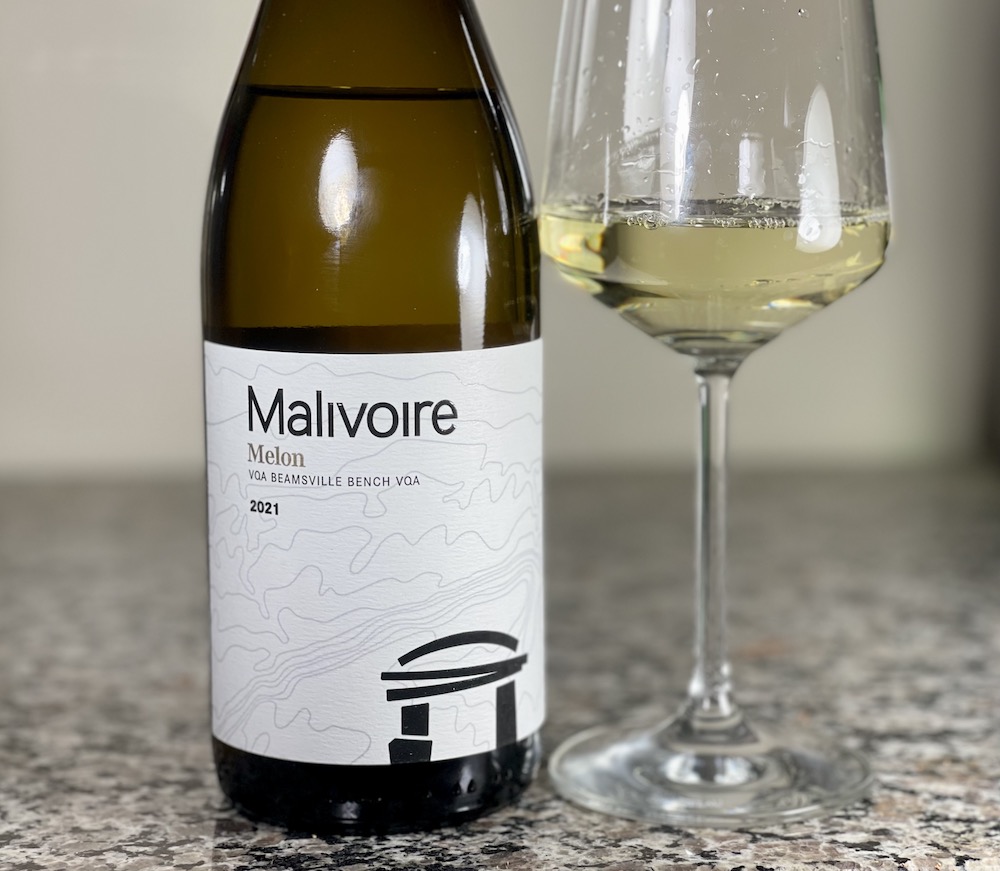
Malivoire Melon 2021 ($22, 88 points) — For the life of me, I do not understand why more Melon de Bourgogne isn’t planted in Niagara. It’s pure summer in a glass, a clean, crisp and razor-sharp refresher that Malivoire has championed for 20 straight years from its Beamsville Bench estate vineyard. The 2021 version does not disappoint with a saline nose of lemon citrus, sharp green apple and pear. It’s tangy and crisp on the palate with lemon-lime, apple and freshening acidity on a dry, chiselled finish. Made for oysters and bright sunny days ahead.
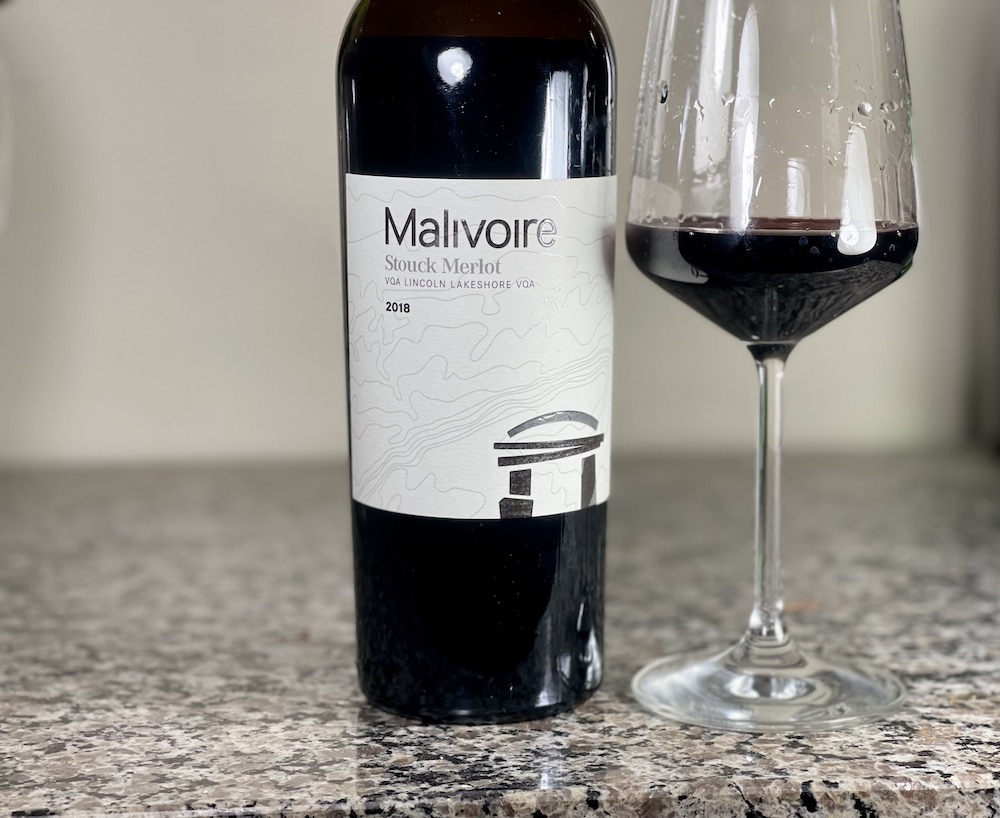
Malivoire Stouck Merlot 2018 ($40, 91 points) — This Merlot, sourced from assistant winemaker Dan Stouck’s family vineyard in the Lincoln-Lakeshore sub-appellation, was aged in 65% American oak and 35% French oak, 30% of which was new oak, for 17 months. The Stouck Merlots are always structured and complex and are better served with a little time in the cellar, decanted or served with some red meat. It has a juicy nose of black cherries, plums, wild raspberries, cassis and currant with leather and spicy/savoury notes. It has supple tannins on the palate and solid bones to go with red and dark berries, savoury notes, elegant spice notes and length through a lifted finish. Can cellar 5+ years.


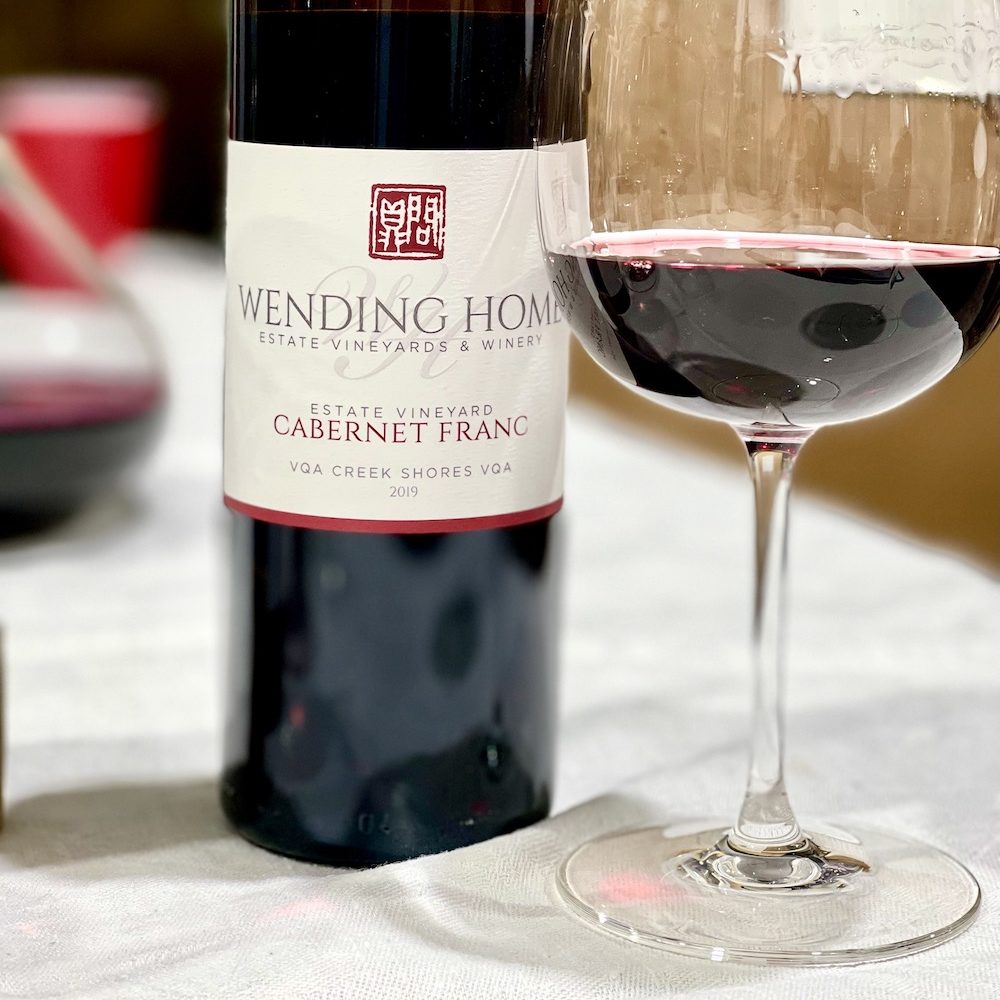



Comment here